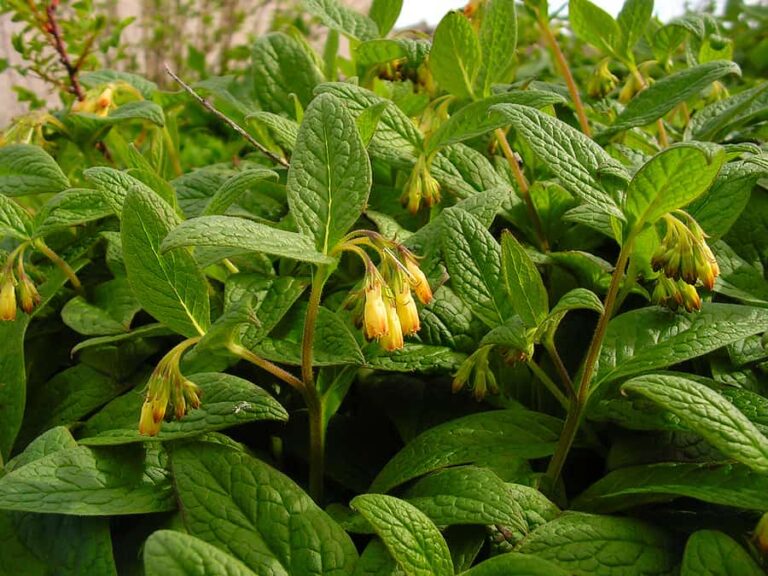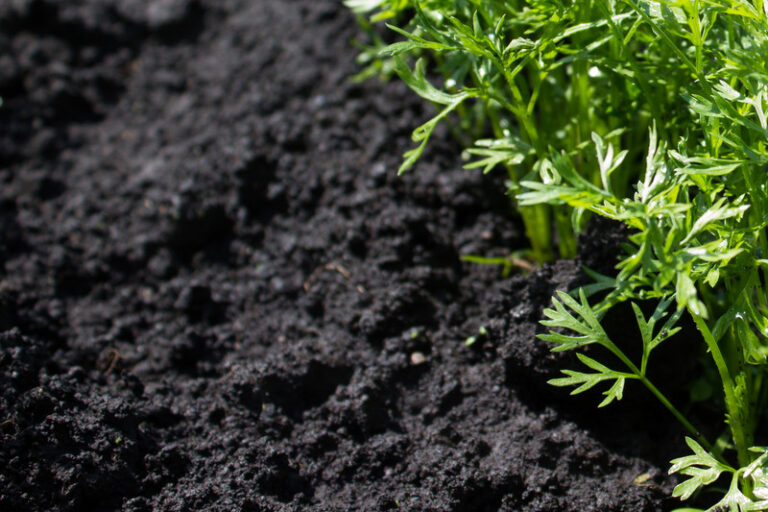How to Test, Read, and Rebalance Your Soil Naturally
In my Sonoma Valley garden, soil is the foundation of everything I grow. Before planting, I always take time to observe, test, and read the soil. This tells me whether it’s fertile, well-structured, and alive with microbes—or if it needs some natural rebalancing. Understanding your soil first allows you to feed it, not just your plants.
Step 1: Observe Your Soil
Look, touch, and smell your soil. These simple observations give quick clues:
- Texture: Sandy, clay, silty, or loamy? Loam is easiest to manage.
- Structure: Does it crumble easily or form hard clumps?
- Color: Dark soil indicates rich organic matter.
- Moisture: Drains quickly or pools on the surface?
- Life: Worms, fungal threads, and insects signal a healthy ecosystem.
Step 2: Test Your Soil Naturally
You can learn a lot without expensive kits:
- pH Check: Mix soil with distilled water and use a strip or meter. Ideal: 6.0–7.0.
- Nutrient Clues: Observe plant color and growth—yellowing may indicate nitrogen deficiency.
- Drainage Test: Dig a small hole, fill with water, and note how long it takes to drain.
- Soil Life: Crumble a handful and smell it—earthy aroma with worms is healthy.
Step 3: Rebalance Naturally
Once you know your soil’s needs, feed and rebuild it organically:
- Add Organic Matter: Compost, vermicompost, leaf mold, or aged manure improve fertility and texture.
- Plant Cover Crops: Legumes add nitrogen; grasses add organic matter; deep-rooted crops improve aeration.
- Adjust pH Naturally: Wood ash gently raises pH; pine needles or sulfur gently lower it.
- Encourage Soil Life: Minimize tillage, keep soil covered with mulch, and avoid synthetic chemicals.
- Rotate Crops: Prevent nutrient depletion and reduce pests by moving plant families each season.
Step 4: Observe Changes
- Track plant health, soil moisture, and crumbly texture.
- Adjust organic inputs seasonally.
- Focus on living soil, not perfect numbers—biology matters most.
Tips from My Garden
I rarely use synthetic fertilizers. Each season I topdress beds with compost and mulch, plant cover crops in fall, and lightly dust tomatoes or peppers with wood ash if pH is low. Earthworms and fungal threads tell me the soil is thriving. Small, regular interventions over years have made the garden self-sustaining—plants are healthier, harvests more reliable, and the soil continually improves.
Conclusion
Testing, reading, and rebalancing soil naturally is a cornerstone of regenerative gardening. By observing your soil, adding organic matter, and encouraging life, you create a fertile, resilient system. Healthy soil grows healthy plants, builds productivity, and regenerates itself season after season—making your garden a living ecosystem rather than just a place to grow crops
Regenerative Gardening Learning Hub
🌿 Start here: The Complete Guide to Regenerative Gardening and Farming
1️⃣ Soil Health and Living Systems
- How to Build Living Soil: A Step-by-Step Guide
- Understanding the Soil Food Web: Life Beneath Our Feet
- How to Use Compost and Vermicompost in a Regenerative Garden
- Mulching for Soil Health: How to Protect and Feed the Soil Naturally
- Using Mycorrhizal Fungi to Boost Plant Health and Yield
- Minimal Tillage: Why and How to Disturb the Soil Less
- How to Test, Read, and Rebalance Your Soil Naturally
2️⃣ Biodiversity and Polyculture
- How to Design Polycultures and Companion Plantings for Regenerative Gardens
- Integrating Native Plants into Your Food Garden
- Creating Habitat for Beneficial Insects and Pollinators
- Cover Cropping for Biodiversity and Soil Regeneration
- Crop Rotation for Soil Fertility and Pest Management
3️⃣ Carbon Sequestration and Organic Matter
- Why Capturing Carbon in the Garden Is Important and Fights Climate Change
- Increasing Soil Carbon with Compost, Mulch, and Deep Roots
- Biochar: What It Is and How to Use It in the Garden
- How to Keep Soil Covered Year-Round to Build Carbon and Fertility
4️⃣ Water Stewardship
- How to Use Water Wisely: The Principles of Water-Wise Regenerative Gardening
- Building Swales and Contour Beds to Slow and Sink Rainwater
- Mulch, Groundcovers, and Soil Structure for Water Retention
- Harvesting Rainwater for Regenerative Gardens
5️⃣ Perennial Crops and Permanent Systems
- How to Transition from Annuals to Perennials in the Vegetable Garden
- Perennial Vegetables for Regenerative Systems
- Agroforestry and Food Forest Basics for Gardeners
- Integrating Fruit Trees and Shrubs into the Vegetable Garden
6️⃣ Animal Integration
- Chickens in the Garden: How to Use Them Regeneratively
- Using Worms and Bees as Regenerative Allies
- The Role of Animals in Closing the Nutrient Loop
7️⃣ Human and Community Connection
- The Ethics of Regenerative Gardening: Care for Earth, People, and Future Generations
- How to Build a Community Garden Using Regenerative Principles
- Teaching Regenerative Gardening to Children and Beginners
- Healing the Land and Ourselves: The Psychology of Regenerative Practice
8️⃣ Regenerative Design and Planning
- How to Plan a Regenerative Garden from the Ground Up
- Regenerative Gardening Principles Simplified for the Home Gardener
- Home Garden Permaculture
- How to Create a Home Food Forest
- French Intensive Gardening
- Square Foot Gardening
- Zone and Sector Planning for Small Regenerative Gardens
- Using Observation and Feedback to Improve Your System Each Season
9️⃣ Inputs and Outputs: Closing the Loop
- How to Make and Use Compost Tea and Fermented Plant Extracts
- Zero Waste Gardening: How to Cycle Nutrients and Minimize Inputs
- How to Build a Closed-Loop Garden System
10️⃣ Case Studies and Personal Experience



